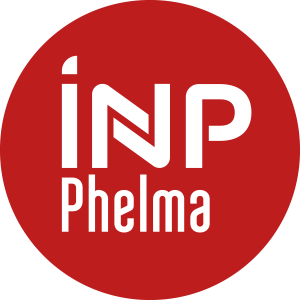Number of hours
- Lectures 0
- Projects 0
- Tutorials 0
- Internship 0
- Laboratory works 0
- Written tests 0
ECTS
ECTS 3.0
Goal(s)
The goal of this course is to explore the theory, design and characterization techniques of the main passive circuits appearing in wireless communication systems: power dividers, matching networks, couplers, baluns, filters, …
Content(s)
Only passive circuits based on distributed approach (transmission lines) will be addressed, in PCB, CMOS/BiCMOS and alternative technologies, from RF to mm-wave circuits. The circuits are based on classical transmission lines like microstrip, coplanar or SIW (Substrate Integrated Waveguide), but a large focus will be done on new transmission lines based on slow-wave concepts, including slow-wave CPW, slow-wave microstrip and slow-wave SIW.
The design of tunable passive circuits will also be discussed.
The characterization techniques will be explored in theory and in practical labs.
Content: S parameters, ABCD, Y & Z matrices. Smith chart, matching networks. Signal-flow diagram. Classical low-profile transmission lines: microstrip, coplanar (CPW & CPS). Substrate integrated waveguides (SIW). Slow-wave structures. Design of power dividers, matching networks, couplers, baluns, filters, phase shifters. Characterization and de-embedding techniques.
Prerequisites
Semester 9 - The exam is given in english only 
Semester 9 - This course is given in english only 
- D. M. Pozar, “Microwave Engineering”.
- Peter A. Rizzi, “Microwave Engineering: Passive Circuits”.
- Robert E. Collin, “Foundations for Microwave Engineering”.
- R. N. Simons, “Coplanar Waveguide Circuits, Components, and Systems”.
- I Wolff, “Coplanar Microwave Integrated Circuits”.
- B. Razavi“RF Microelectronics: United States Edition”.



